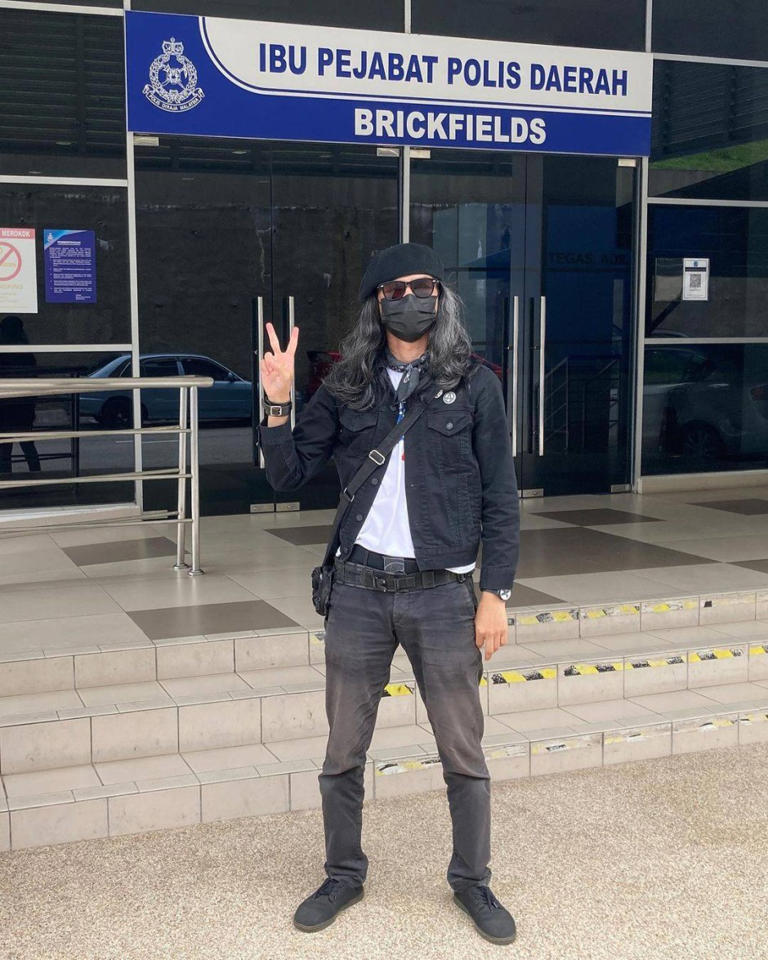The Lens of Poverty, Dignity, and Resistance: Sebastião Salgado
One of the most influential photographers in the world, Brazilian-born Sebastião Salgado, passed away recently at the age of 81 in Paris. He leaves behind not only a monumental archive of black-and-white images but also a powerful visual testimony to the struggles of humanity and the planet. Salgado’s life was not just the story of a remarkable artist, but of a committed advocate for social justice, environmental restoration, and human dignity.
Turning His Lens to Poverty and Labor
Throughout his career, Salgado worked in more than 120 countries. Yet, a common thread ran through his work: the poor, the marginalized, the displaced, the workers, and the voiceless lands devastated by exploitation. His haunting images of the Serra Pelada gold mines in Brazil captured the brutal reality of labor under capitalism. From famine in Africa to wars in the Middle East and displaced communities in Latin America, his camera documented the consequences of inequality and conflict with unflinching clarity.
Black and White as a Class Statement
Salgado’s choice to shoot almost exclusively in black and white was not merely an aesthetic decision. It was a deliberate rejection of the colorful façades of consumer capitalism. In his photographs, light was used to reveal darkness—not just in a visual sense, but as a metaphor for systemic injustice. The grayscale tones served to strip away distractions and expose the raw truths of exploitation, poverty, and survival.
Beyond Photography: A Commitment to Change
Salgado was not just a witness—he was a participant in the struggle for a better world. Alongside his wife, Lélia Deluiz Wanick, he founded Instituto Terra in Brazil, an environmental initiative aimed at restoring the Atlantic Forest and educating communities about sustainability. His transition from documentary photographer to environmental activist demonstrated that his commitment to justice extended beyond the frame.
A Marxist Perspective Behind the Camera
Salgado’s work reflected a deeply Marxist worldview. Like Marx, he was not interested in interpreting the world as it is, but in exposing its contradictions and urging transformation. His images weren’t just records of suffering—they were critiques of the global systems that create and perpetuate suffering. He wielded his camera as a weapon against indifference, capturing the struggle and resilience of the working class and the oppressed.
A Legacy Without End
Sebastião Salgado leaves behind more than a legacy of prestigious awards and exhibitions. He gave the world a body of work shaped by conscience, resistance, and empathy. His photographs remind us that poverty does not strip people of their dignity, and that nature is not just a resource, but a co-inhabitant of this planet.
His life and work are a compass for those who continue to fight for justice—be it social, environmental, or economic. Because Salgado didn’t just point his camera at the world—he aimed his conscience. And through that, he left an indelible mark not only on photography, but on humanity itself.
Share this content:


















Post Comment